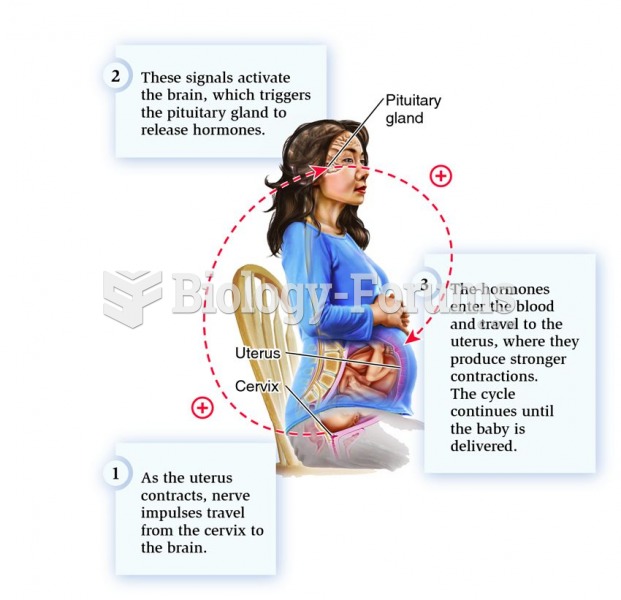Answer to Question 1
Answer: You can use the ACE communication process to help you submit effective online proposals:
Analyze the application in advance. Before entering information, read the entire application to get a sense of what it requires so you can organize all the information that you need to fill in the blanks. Consider printing the online application as a reference as you gather data, noting the content you will include for each item.
Compose detailed content offline. Use a word processing program to write your detailed descriptions and to determine your word and character count so you do not exceed the maxi-mum amount allowed. Then cut and paste the text into the online application.
Evaluate your answers compared to the foundation's criteria and priorities before you submit. Have you used the same language the foundation uses to describe its priorities? Have you explained well how your project meets those criteria and addresses the priorities? Have you made a good case for why the foundation should support your project, especially when so many other applicants are competing for the funding? Have you established your own credibility and the feasibility of the project? In an online application, you have only a short amount of space in every box, so use it wisely to persuade the funding agency.
Answer to Question 2
Answer: According to China Trade.com, Chinese business people will seldom make a snap decision and prefer to give a business proposal careful and measured consideration. In addition, as intercultural communication expert Linda Beamer explains, the Chinese generally consider the effect of a solution on the people and relationships involved before they take action. . . . A stress on context and relationships could explain why Chinese often want to discuss alternative procedures and plans long after their foreign counterparts have finished. Because relationships are so important to Chinese businesspeople, the process of negotiating an agreement can take a long time. To propose and negotiate an agreement in China, begin with conversations and discussions where both parties can socialize and learn more about what the other party values and needs. Plan to meet face-to-face and involve several members of your team, at different hierarchical levels. Negotiate your proposals verbally, and then finalize them with a written contract.







